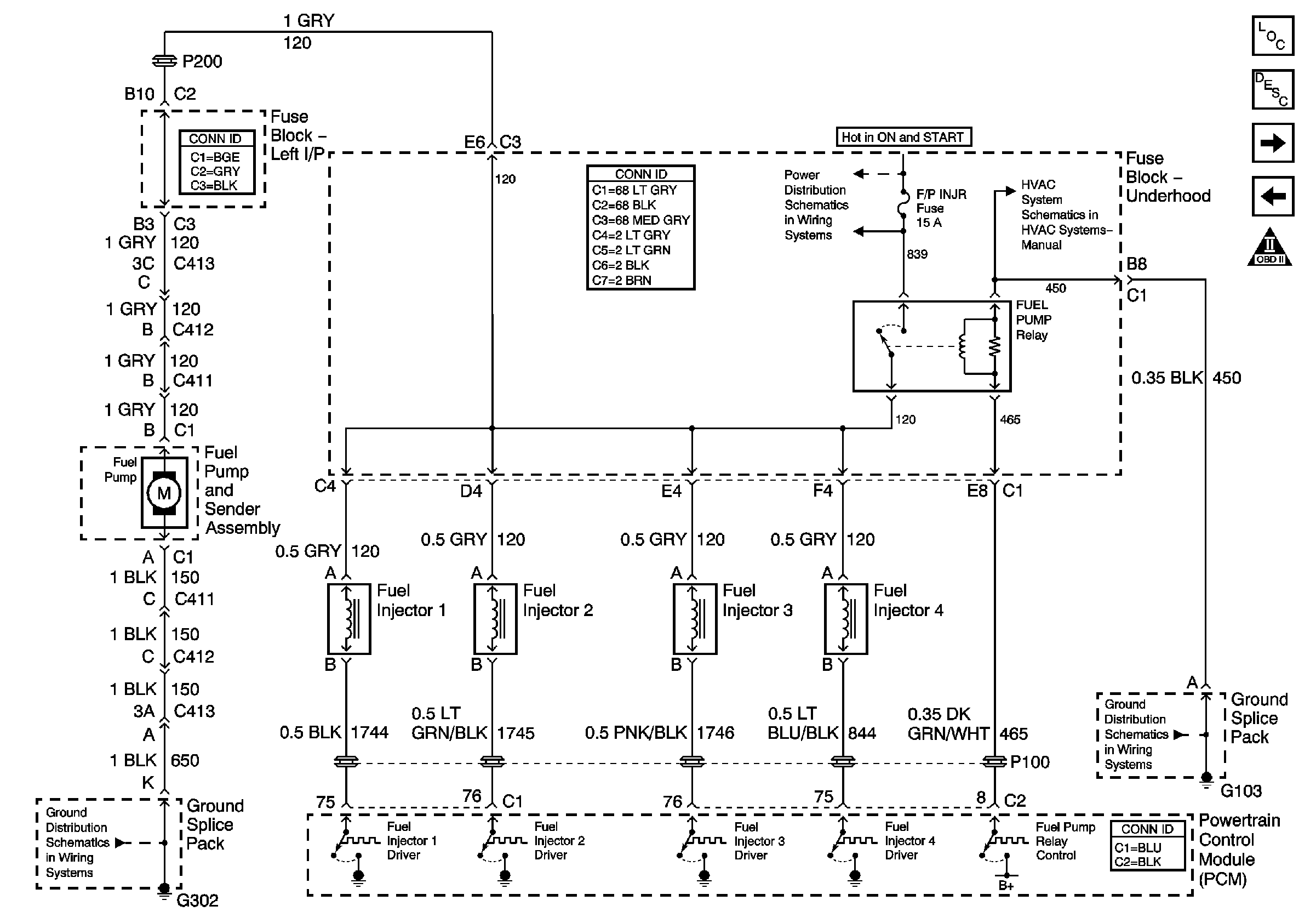Faulty Fuel Economy
Tests/Inspections
| Action
|
DEFINITION: Fuel economy, as measured by an actual road test is
noticeably lower than expected. Also, the fuel economy is noticeably lower
than it was on this vehicle at one time, as previously shown by an actual
road test.
|
Preliminary
|
| • | Search for service bulletins. |
| • | Determine the customer's driving habits: |
| - | Is the A/C on all the time? |
| - | Is the defroster mode on? |
| - | Are the correct tire size and pressure used? |
| - | Are excessively heavy loads being carried? |
| - | Any heavy acceleration? |
|
Fuel
System
|
| • | Ensure that each injector harness is connected to the correct
injector. Refer to
Power, Ground, and Injectors

. |
| • | Inspect for fuel in the pressure regulator vacuum hose. |
|
Sensor/System
|
| • | Test the oxygen sensor (O2S 1). The O2S 1 should
respond quickly to different throttle positions. If not, inspect the O2S 1
for silicon or other contaminants from fuel, or the use of
improper room temperature vulcanizing (RTV) sealant. The sensor
may have a white powdery coating. Silicon contamination causes
a high but false O2S 1 signal voltage (rich exhaust indication).
The PCM will reduce the amount of fuel delivered to the engine,
causing a severe driveability problem. |
| • | Test for correct operation of the manifold absolute pressure (MAP)
sensor. |
| • | Test for correct operation of the throttle position (TP) sensor. |
| • | Test for correct operation of the engine coolant temperature (ECT)
sensor. |
| • | Test for correct operation of the speedometer. |
|
Ignition
System
|
| • | Test for correct operation of the knock sensor (KS). |
| • | Test for the correct ignition voltage output with the J 36012-A
spark plug jumper wires and J 26792
spark tester or equivalent. |
| • | Inspect the spark plugs for the following conditions: |
| - | Any wet or fuel fouled plugs |
| - | Any burnt electrodes or heavy deposits |
| - | The correct heat range. |
| • | If the spark plugs are fuel or oil fouled, the cause of the fouling
must be determined before replacing the spark plugs. |
| • | Inspect the ignition control module (ICM) for a correct ground
connection. |
| • | Inspect the ignition coils for cracks or carbon tracking. |
|
Cooling
System
|
| • | Inspect for the correct coolant level. |
| • | Inspect for an incorrect or malfunctioning thermostat. Refer to
Thermostat Diagnosis
in Engine Cooling. |
|
Engine
Mechanical
|
| • | Inspect for the following: |
| - | Any broken valve springs. |
| - | Any sticking or leaking valves. |
| - | Any worn camshafts lobes. |
| - | An incorrect valve timing. |
| - | Any excessive oil in combustion chamber and leaking valve seals. |
| • | Check for incorrect basic engine parts. Inspect the following: |
|
Additional
|
| • | Test for the correct operation of the transaxle and the torque
converter clutch (TCC). Refer to
Road Test
in Automatic Transaxle. |
| • | Inspect the exhaust system for air leaks before or near the O2S 1. |
| • | Inspect the exhaust system for the following conditions: |
| - | Any damaged or collapsed pipes |
| - | Any heat distress or internal failure of the muffler |
|

